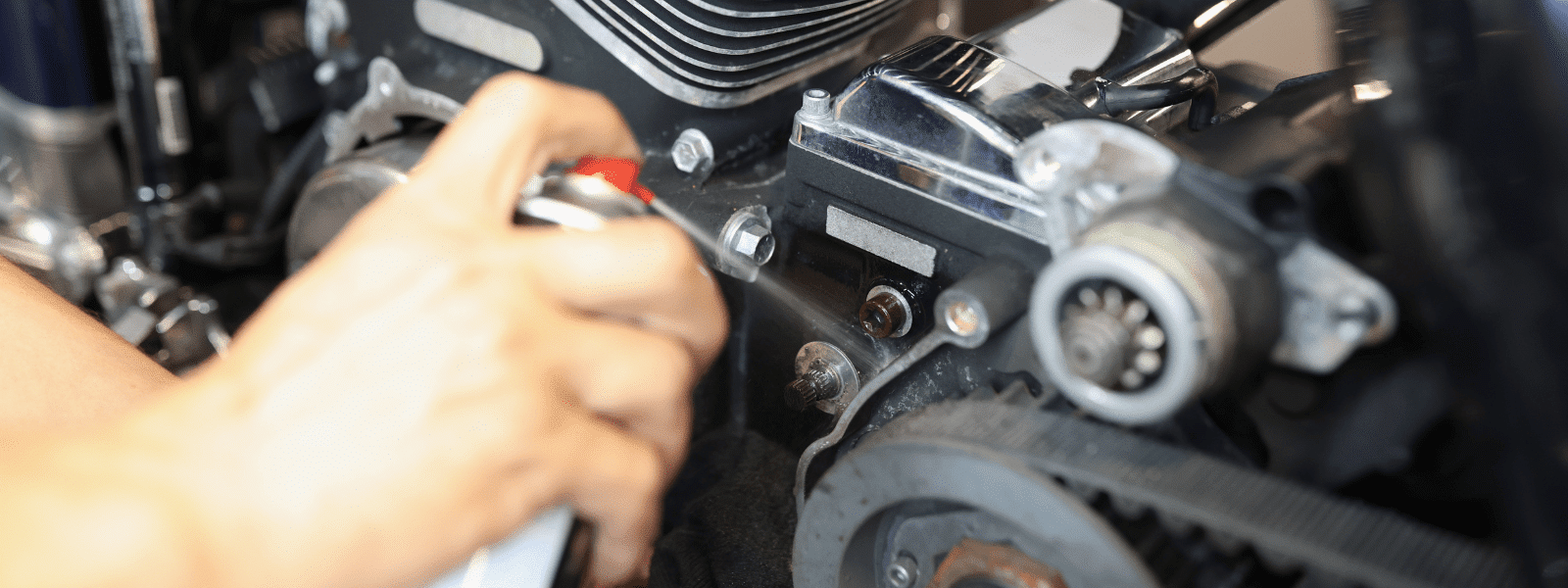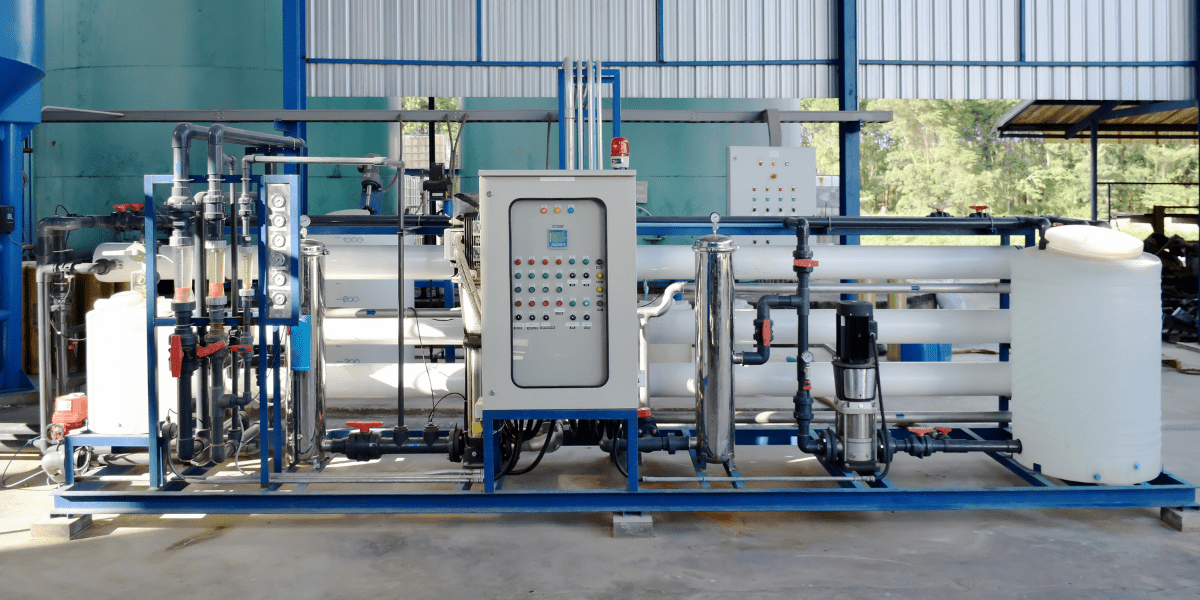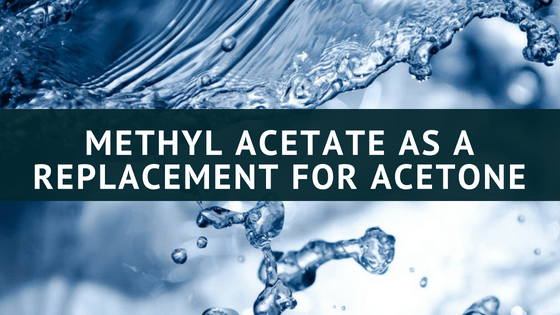Metal degreasing is considered an essential process in the cleaning of industrial machinery, as the removal of grease and debris will prevent...
Blog


CHEMICAL INDUSTRY NEWS
Chemical Chat – Discover What’s New!
Industrial Water Treatment Chemicals
Industrial water treatment chemicals are added to piping systems and machinery such as closed loops for water cooling systems, to prevent corrosion...
Corrosion Inhibitors For Closed Loop Water Treatment
Proper closed loop water treatment can prevent the build-up of scales and corrosion that can cause costly damage. Closed loops are used to heat and...
Is Methyl Acetate The Same As Acetone
Is Methyl Acetate the same as acetone? Methyl acetate and acetone are two different chemical compounds, however they...
Industrial Water Treatment Chemicals
Industrial water treatment chemicals are added to piping systems and machinery such as closed loops for water cooling...
Company News

Managed Services
Discover the Latest in Safe and Sustainable Chemical Solutions
Stay informed with Ecolink’s blog! Subscribe now
Chemical Management Information
Stay updated with us
Sign Up for the Latest Updates
Stay informed about chemical supply chain disruptions and emerging innovations to keep your business at the forefront of efficiency and innovation. Uncover new ways to make your business practices more sustainable by incorporating safer products into your cleaning lineup.


























